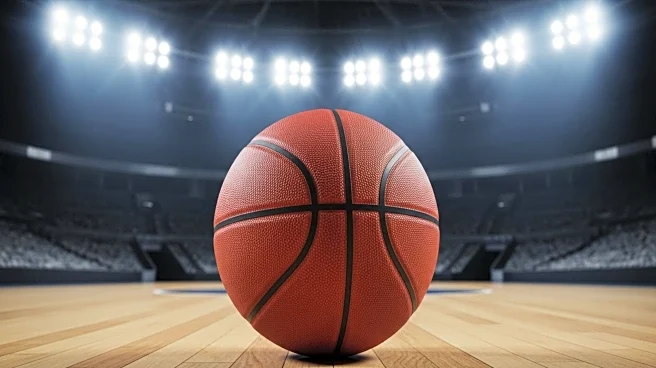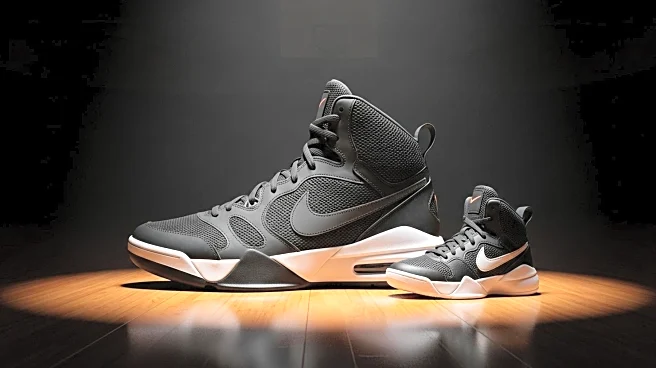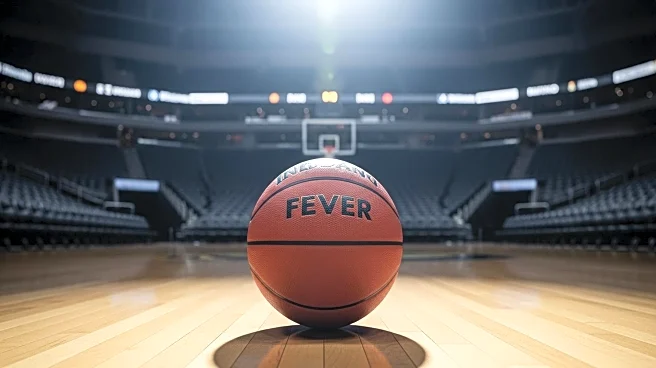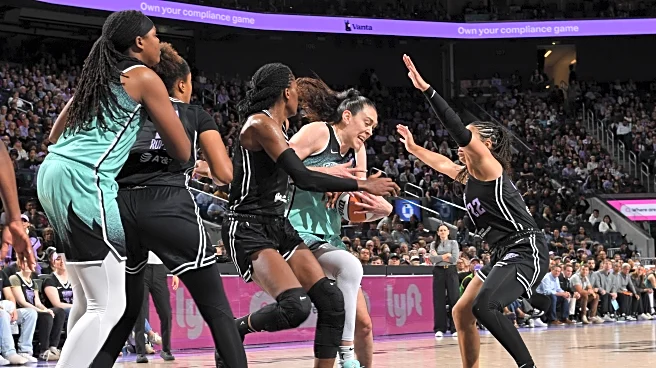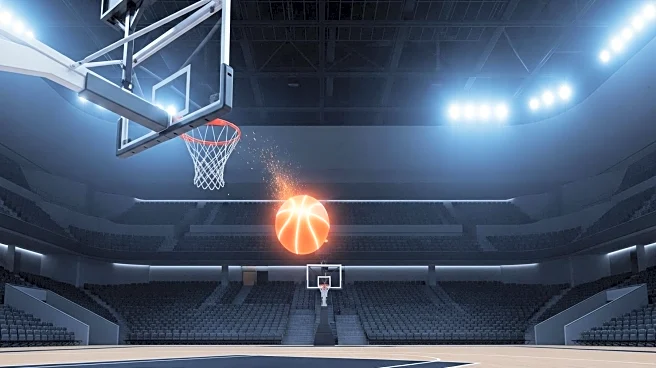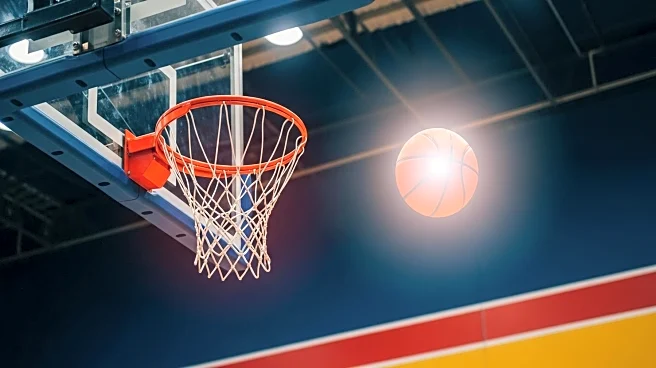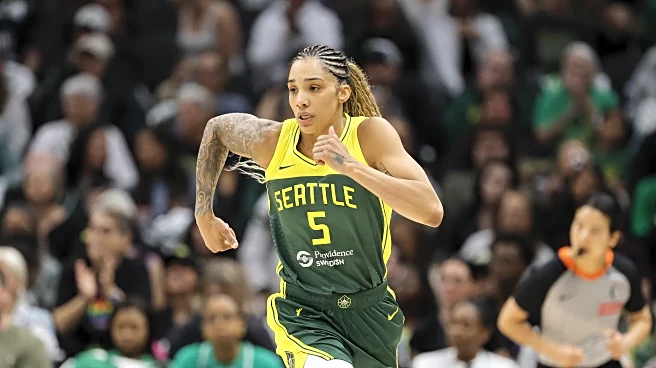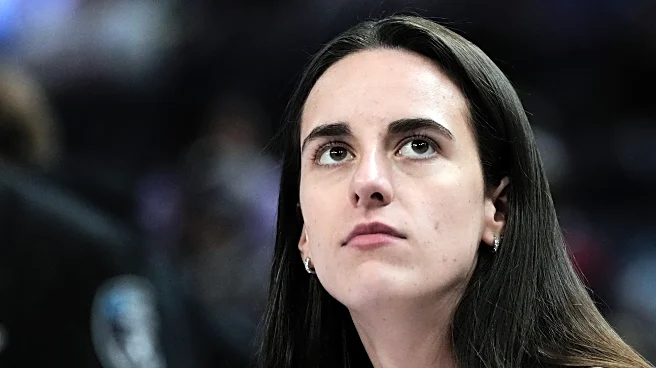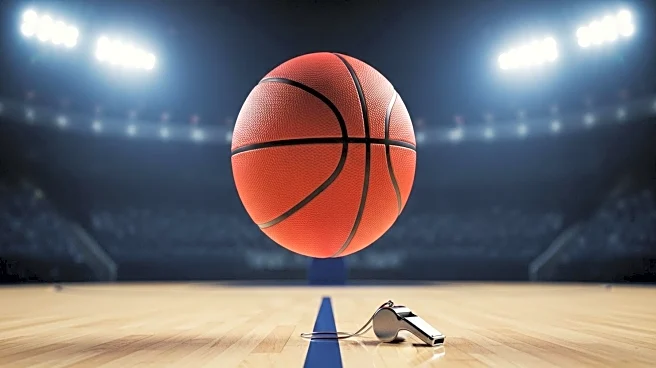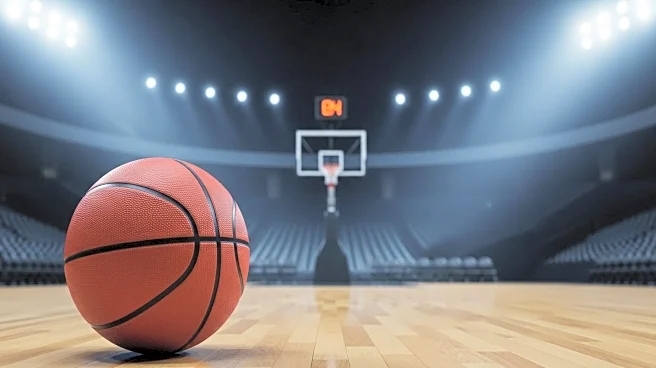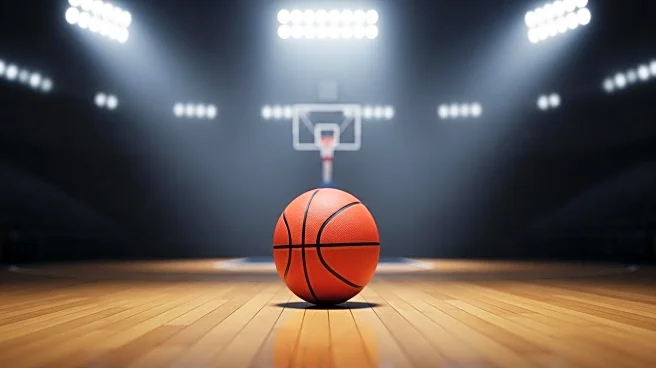What is the story about?
What's Happening?
Indiana Fever coach Stephanie White announced the decision to shut down Caitlin Clark for the remainder of the 2025 WNBA season due to her inability to fully recover from a left quadriceps strain. Clark, who has been sidelined since July 15, confirmed her season-ending status on Thursday following the team's return from a West Coast road trip. White emphasized the importance of Clark's long-term health, stating that the team ran out of time to ensure her safe return to play. Clark, who had a standout college career and was named WNBA Rookie of the Year in 2024, will conclude her sophomore season having played only 13 games. In addition to her quadriceps injury, Clark has been dealing with a left groin injury and a bone bruise in her left ankle.
Why It's Important?
The decision to shut down Caitlin Clark is significant for the Indiana Fever as they are in a tight race for the final playoff spot in the WNBA. Clark's absence could impact the team's performance in their remaining games, which are crucial for securing a playoff berth. Her injuries highlight the physical demands and risks associated with professional sports, emphasizing the need for careful management of athlete health. The Fever's ability to adapt without one of their key players will be tested, potentially affecting their playoff chances and overall team dynamics.
What's Next?
The Indiana Fever have three games left in the regular season and are competing with the Los Angeles Sparks for the final playoff spot. Winning all remaining games, including a challenging match against the top-seeded Minnesota Lynx, is essential for securing their playoff position. The team will need to strategize effectively to compensate for Clark's absence and maximize their chances of advancing to the postseason.
Beyond the Headlines
Caitlin Clark's situation underscores the broader issue of athlete health management in professional sports. The decision to prioritize her long-term wellness over immediate competitive goals reflects a growing trend in sports to safeguard athletes' careers and well-being. This approach may influence how teams handle similar situations in the future, potentially leading to more cautious injury management practices.
AI Generated Content
Do you find this article useful?
